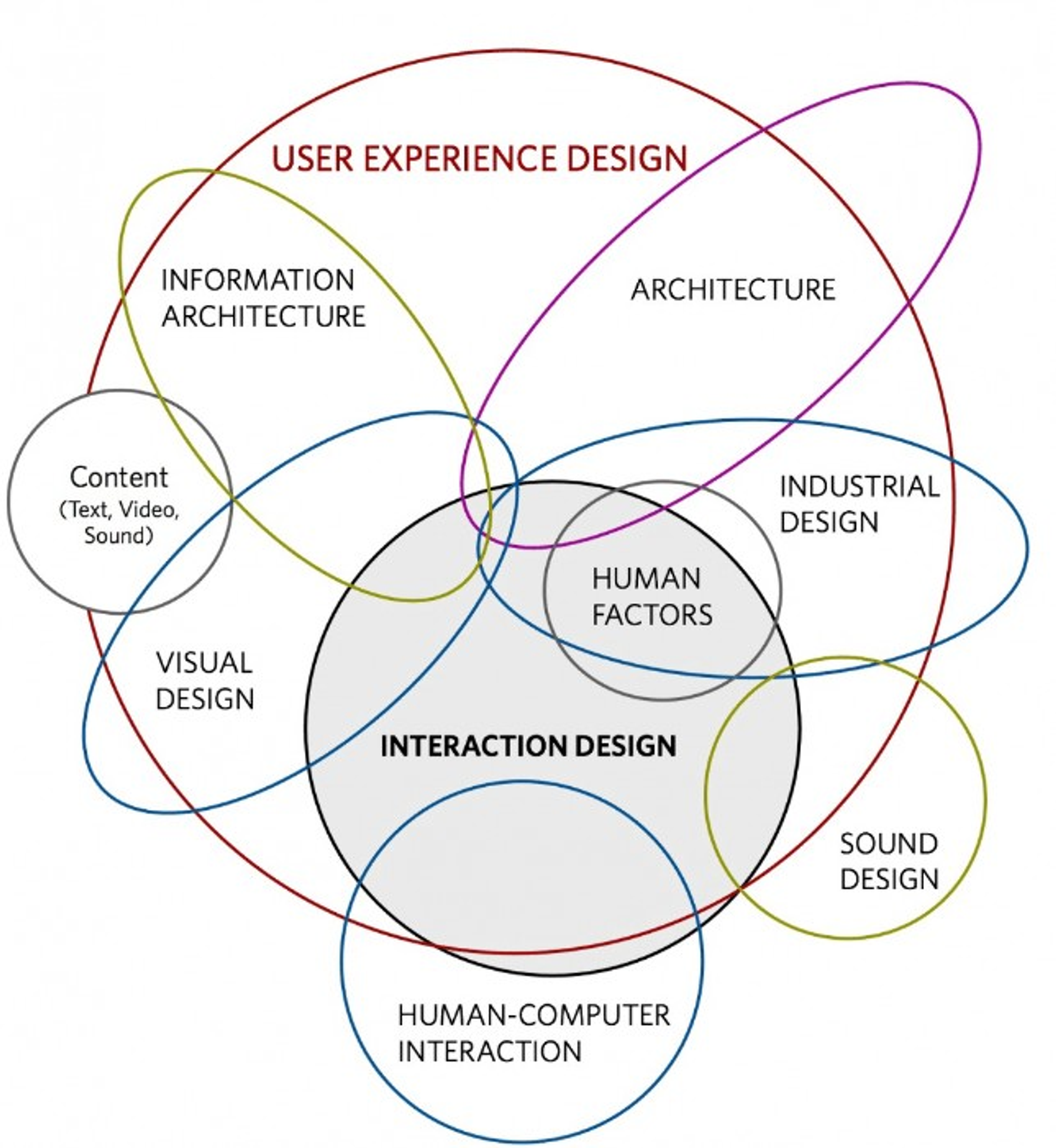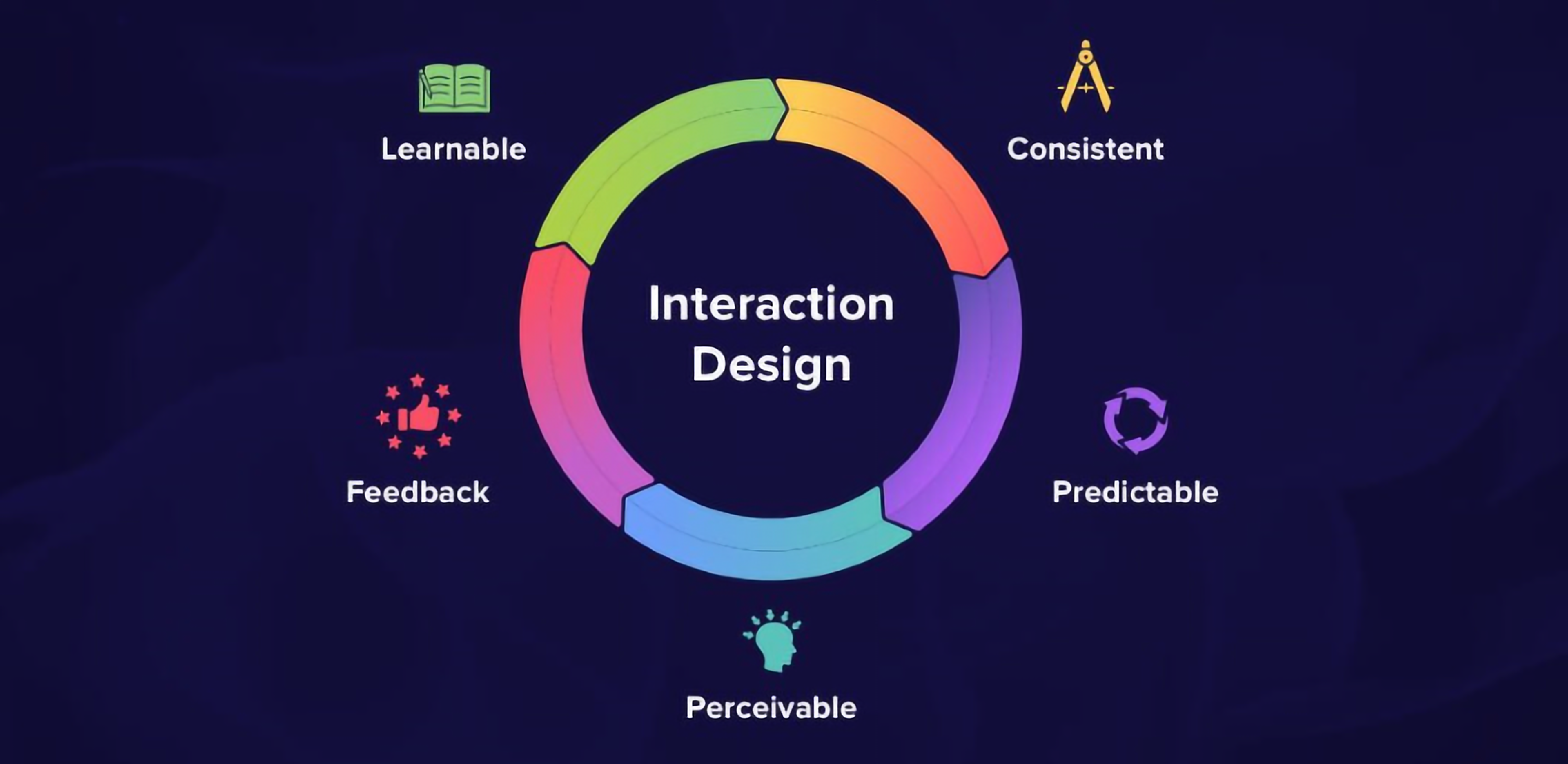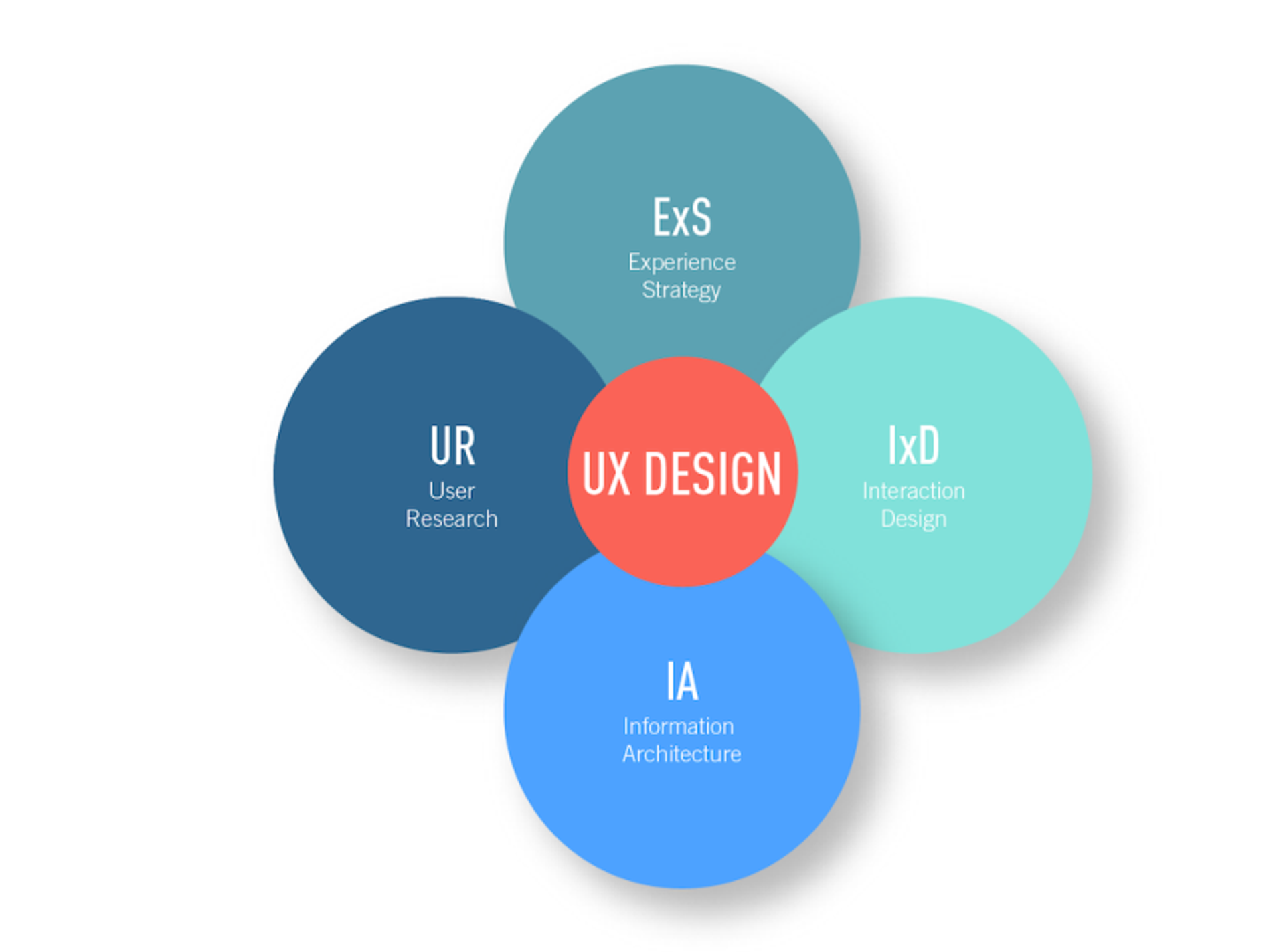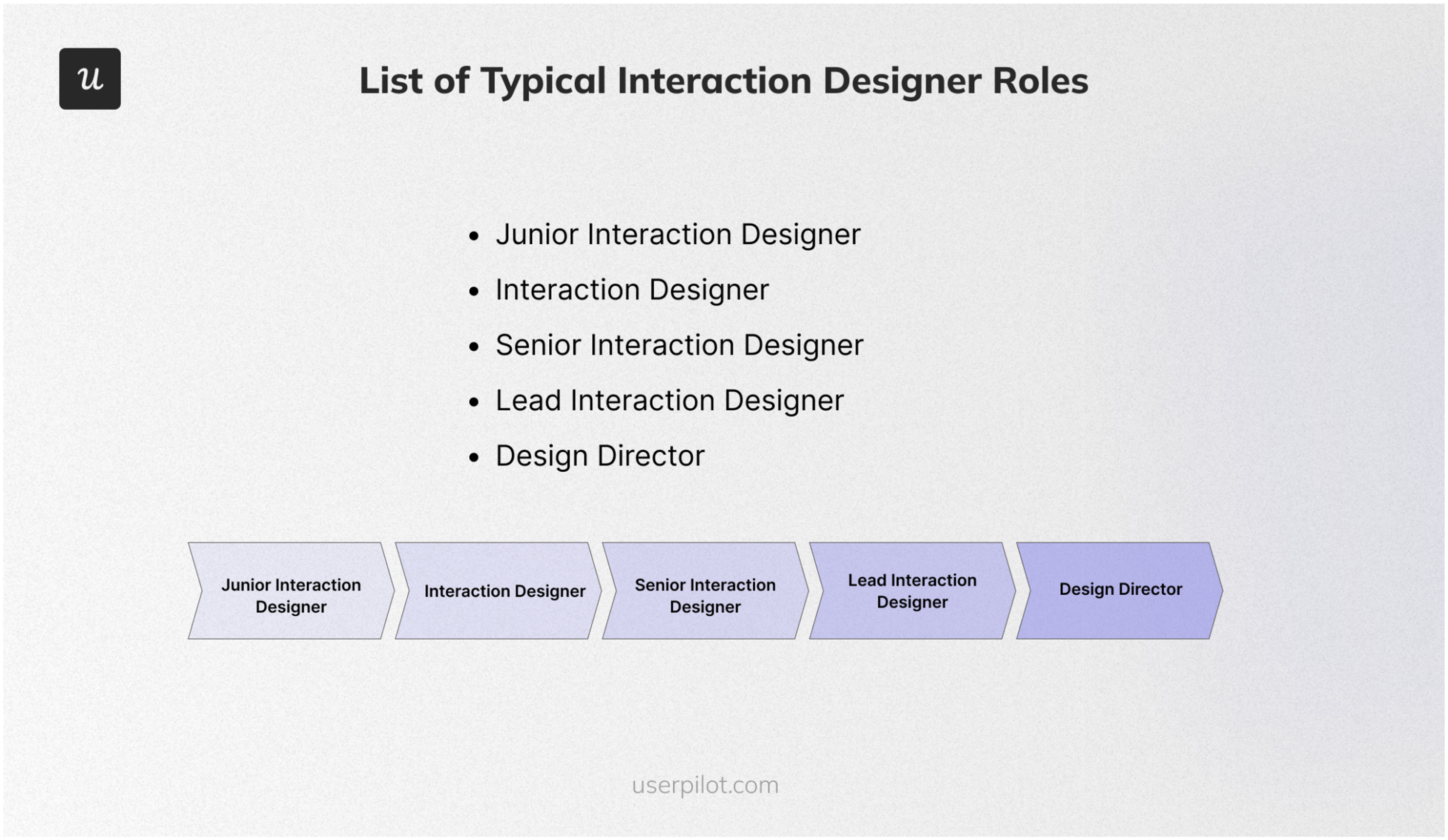Gain insight into the world of interaction design, where we delve into its definition, core principles, and best practices to help you create engaging and intuitive user interactions.
Interaction design (IxD) focuses on crafting meaningful relationships between users and their technological systems, from tangible devices like smartphones to digital platforms like websites and apps. This design discipline is grounded in understanding how humans engage with technology, aiming to enhance these interactions through effective design.
Interaction designers leverage their understanding of user needs and motivations to develop interfaces that facilitate seamless and efficient task completion. Originating from human-computer interaction (HCI) research, interaction design has grown into a distinct field characterized by specialized principles and methodologies.
By adopting best practices in interaction design, professionals can design experiences that are not only functional but also intuitive, making technology more accessible and enjoyable for all users.
Introduction to Interaction Design: Bridging Users and Technology
Interaction design (IxD) is a dynamic field that shapes the user experience (UX) across interactive systems and products. At its core, IxD focuses on optimizing how users engage with technology, aiming to create meaningful experiences that align with their needs and expectations within various contexts or environments.
This multidisciplinary arena merges elements from graphic design, software engineering, human-computer interaction (HCI), cognitive psychology, anthropology, ergonomics, game design, and product design. The goal of interaction design is to deliver experiences that are not only engaging but also intuitive, efficient, and enjoyable, whether users are navigating websites and apps or using IoT (Internet of Things) devices such as smart home appliances and autonomous vehicles.
Origins and Evolution of Interaction Design
The roots of interaction design trace back to the mid-20th century, a time when scientists and engineers first began developing machines capable of interacting with humans through visual feedback and interface elements like displays and buttons. This pioneering work laid the groundwork for the field of Human-Computer Interaction (HCI).
As technology has continued to advance at a rapid pace, interaction design has expanded and evolved, embracing cutting-edge technologies like artificial intelligence (AI), virtual reality (VR), and augmented reality (AR). Today, interaction design is a critical component of digital product development, pushing the boundaries of how we interact with and experience technology in an increasingly digital world.

Source: Dan Saffer
The Advantages of Interaction Design
Interaction design plays a pivotal role in enhancing both the user experience and the market success of digital products. Here’s why good interaction design is crucial:
Enhancing User Satisfaction and Engagement
Interaction design focuses on the ease and pleasure of the user experience. By crafting interactions that are intuitive and enjoyable, interaction design not only improves the usability of technology but also increases user engagement. When users find an interface easy to navigate and fulfilling, they are more likely to use the product regularly and recommend it to others.
Simplifying the Use of Advanced Technologies
Good interaction design makes complex systems simpler to use. It allows users to accomplish their goals efficiently and with minimal effort, even when the technology itself is highly advanced. This accessibility is crucial for the adoption of new technologies, as it reduces the learning curve and eliminates potential frustrations, making cutting-edge solutions more approachable for a broader audience.
Focusing on Real User Needs
At its core, interaction design is user-centered. It prioritizes the actual needs, preferences, and feedback of users, making designs more aligned with what users genuinely require. This approach not only enhances user satisfaction but also drives the development of products that people find useful and relevant.
Boosting Business Metrics
Interaction design can significantly impact business outcomes by increasing conversion rates. Interfaces that are straightforward and engaging make it easier for users to perform desired actions, whether that’s signing up for a service, making a purchase, or subscribing to a newsletter. By removing barriers and enhancing the overall user experience, businesses see improved performance metrics and higher user retention.
Developing Functional and Attractive Digital Environments
Ultimately, interaction design contributes to creating digital spaces that are both functional and attractive. It integrates aesthetic considerations with usability, ensuring that digital environments are not only effective but also pleasing to interact with. This balance is essential for sustaining user interest and loyalty in the long term.
In summary, interaction design is vital for any digital product aiming to be user-friendly, visually appealing, and successful in today’s competitive market. By focusing on streamlined interactions and user-centered design principles, companies can achieve better engagement, increased satisfaction, and higher conversion rates.

Source: blog.saif71
The Five Dimensions of Interaction Design: A Comprehensive Framework
Gillian Crampton Smith, a renowned academic in interaction and user interface design, initially developed a model featuring four dimensions critical for effective interaction design. Building upon her foundational work, Kevin Silver expanded this framework by adding a fifth dimension, creating a robust model that encapsulates the essential components required for successful user interface designs.
1D: Words
Words serve as a direct communication tool in interaction design. Effective text on user interfaces, such as labels on buttons or instructions, should be clear and concise. The aim is to communicate with users in a straightforward manner without overwhelming them with excessive information. Properly chosen words help ensure that users understand their options and the actions they are taking.
2D: Visual Representations
While words convey direct messages, visual representations enhance understanding and engagement. This dimension includes elements like typography, icons, images, and other graphical components. These visuals work in tandem with text to deliver rich, context-enhanced interactions that are memorable and easy to navigate, greatly enriching the user experience.
3D: Physical Objects or Space
Interaction design often extends into the physical space that users inhabit, involving elements like the devices they interact with (e.g., computers, mobile phones) and the physical context surrounding these interactions (e.g., an office setting or mobile use on-the-go). The design and arrangement of these physical objects can significantly affect the usability and comfort of user interactions.
4D: Time
Time plays a crucial role in how users perceive the behavior of an interface. It includes the dynamics of animations, the response time after a user takes an action, and the progression through a digital experience. Proper management of time ensures that users remain engaged and can track changes within the interface effectively, enhancing their overall experience and understanding of the system’s performance.
5D: Behavior
Behavior encompasses the interactions between the user and the system—how users act and how the system responds. This dimension is about creating an intuitive flow that users can follow effortlessly. It involves designing interactions that are predictable yet flexible, allowing users to feel in control. Behavior shapes not only how a user interacts with a system but also how those interactions influence future behavior and user expectations.
Conclusion
The five-dimensional model proposed by Gillian Crampton Smith and expanded by Kevin Silver provides a comprehensive framework for understanding and implementing effective interaction design. By considering these dimensions—words, visual representations, physical space, time, and behavior—designers can create more intuitive, engaging, and successful user interfaces that resonate well with the needs and expectations of users.

Source: Anete Lūsiņa on Unsplash
When crafting key interactions within their designs, interaction designers should thoughtfully consider how users engage with all five dimensions of interaction design. This comprehensive approach helps to illuminate the dynamic relationship between the user and the product, ensuring that each dimension—words, visual representations, physical space, time, and behavior—harmoniously contributes to a cohesive and intuitive user experience. By integrating these elements effectively, designers can create interactions that are not only functional but also deeply resonant with users, enhancing their overall interaction with the product.
Interaction Design vs. User Experience (UX): Crafting Compelling Digital Interactions
Interaction design and user experience (UX) are both crucial in creating engaging, delightful user experiences, yet they focus on different aspects of the user’s journey with technology. Understanding the nuances between these two disciplines is key to effectively meeting user needs and fostering positive emotional connections with technology.
Understanding Interaction Design
Interaction design is specifically concerned with how users engage with technology. It focuses on facilitating interactions that evoke positive emotional responses through an intuitive user interface (UI). This involves the strategic placement and behavior of interactive elements such as buttons, menus, labels, and other visual components that users interact with. Interaction designers must consider user goals, motivations, tasks, behavior patterns, and the context within which interactions occur to create interfaces that allow users to complete tasks efficiently and with minimal effort.
Key aspects of interaction design include creating feedback loops, where user actions trigger a clear, understandable response from the system, and managing transitions between different states or screens to ensure a seamless flow throughout the user journey.
Exploring User Experience (UX)
While interaction design is a component of UX, user experience encompasses a broader scope that includes usability, accessibility, branding, and content. UX aims to create an overall experience that is not only functional and enjoyable but also coherent across various platforms and devices. It ensures that products are:
- Usable: Easy to use and free from confusion or frustration.
- Accessible: Inclusive to all users, regardless of their abilities or disabilities.
- Consistent: Uniform in experience across different devices and interaction points.
- Secure: Protected against security threats.
- Well-branded: Easily recognizable and aligned with brand identity.
Furthermore, UX places a strong emphasis on the quality of content. Content should be concise, clear, and valuable, providing essential information without overwhelming the user. It should enhance the product’s value by being informative and relevant, avoiding unnecessary clutter that can detract from the overall experience.
The Synergy Between Interaction Design and UX
While interaction design delves deep into the mechanics of user interactions, UX provides a holistic view that ensures these interactions are part of a larger, cohesive experience that aligns with overarching business goals and user expectations. Together, interaction design and UX feed into each other to create products that are not just easy and enjoyable to use but also effective in fulfilling user needs and achieving business outcomes.
By leveraging both disciplines, designers can craft digital products and systems that not only improve operational efficiency but also enhance user satisfaction, making the digital experience both functional and delightful.

Source: Madeleine Faure on DribbbleUnderstanding the Role of Interaction Designers
Interaction designers are professionals who apply principles of psychology and design to craft user-centric digital products that are both efficient and delightful to use. Their primary goal is to create human-centered designs, focusing on crafting interactions that meet people’s needs in meaningful and practical ways. Interaction designers are pivotal in ensuring that any user interactions with products are straightforward and effective for daily use.
Key Responsibilities of Interaction Designers
The core responsibility of an interaction designer is to design digital products and services that facilitate meaningful interactions between users and technology. They take charge of the entire user experience process, from the initial concept to the final implementation. By doing so, they ensure that the digital products are not only functional but also provide a seamless and engaging experience for users.
Techniques Employed by Interaction Designers
Interaction designers utilize a variety of methods to ensure their designs effectively meet user needs:
- Task Analysis: This involves understanding the specific tasks that users need to accomplish using the product. The insight gained from task analysis helps designers provide the most appropriate tools and features to support user goals.
- Prototyping: Early development of working models allows interaction designers to experiment with and refine features before finalizing the design. This process helps identify potential issues and gather user feedback without significant commitments of resources.
- Storyboarding: This technique is used to visualize user flows and the overall journey within the product, website, or application. Storyboarding helps in mapping out the complete user experience, identifying key interactions, and planning the layout and structure of the digital environment.
- Wireframing: Interaction designers often create wireframes to outline the basic page structure and layout for digital products. Wireframes serve as the blueprint for what will eventually be developed, providing a clear guide for both designers and developers.
- User Testing: Perhaps one of the most crucial aspects of interaction design, user testing involves real users interacting with the product in controlled environments. This approach provides valuable insights into how well the product meets user needs and expectations and highlights areas that require improvement.

Source: userpilot
Essential Tools for Interaction Designers
Interaction designers rely on a suite of sophisticated tools to craft user-centric interfaces. These tools are integral in facilitating the design process, allowing for quick prototyping, collaboration, and detailed customization of user interfaces, all without requiring extensive coding knowledge. Here’s an overview of the most commonly used tools in the field of interaction design:
SketchApp
SketchApp is renowned for its simplicity and focus on UX/UI design. It offers a clean interface and powerful vector editing capabilities, making it ideal for designing high-fidelity interfaces and icons.
Figma
Figma stands out for its collaborative capabilities. As a web-based tool, it allows multiple designers to work on the same project in real time, making it a favorite for teams spread across different locations. It supports all stages of the design process from ideation to prototyping.
Principle
Principle excels in creating animated and interactive user interfaces. It is particularly useful for designers looking to produce intricate animations and dynamic UIs that mimic real-world behavior.
InVision Studio
InVision Studio is a comprehensive prototyping tool that integrates seamlessly with the InVision collaboration platform. It provides extensive tools for creating interactive prototypes that can simulate the flow and feel of apps or websites.
Framer X
Framer X offers a blend of design and coding to help designers prototype complex animations and interactions. With its React-based framework, designers can create realistic prototypes that are closer to the final product, appealing especially to teams that value high-fidelity prototyping.
UXPin
UXPin is known for its robust prototyping features and code integration. It allows designers to create advanced prototypes with conditional logic and data-driven interactions, bridging the gap between design and development.
These tools equip interaction designers with everything needed to turn static designs into interactive prototypes that engage and communicate effectively with users. They support a dynamic workflow, enabling designers to iterate quickly and refine user interfaces based on real user feedback, ultimately enhancing the overall user experience. Whether working individually or as part of a larger team, interaction designers find these tools indispensable for developing intuitive, attractive, and functional digital products.
How to Measure the Success of Interaction Design?
Interaction design (IxD) is a subdivision of UX design that helps guarantee users reach their aims by properly utilizing the system. Ushering IxD’s influence on the business’s financial outcome can assist in gaining approval from high-level decision-makers.
Establishing and reestablishing how effective interaction design is through measuring its impact and testing will indisputably prove its worthiness to stakeholders.
The HEART framework is a beautiful mechanism to judge user experience design, although the attributes also apply to interaction design. For example, you can assess users’ satisfaction with surveys on customer happiness, net promoter score, and usability.
You should also consider how involved and engaged your users are by using interface data such as visit frequency or length of stay for each session. Lastly, observe the rate of new user adoption over time – an effective measure to monitor product or feature success!

Source: Google Inc.
Retaining customers is a key element of any successful business. You can measure your progress with an analytical dashboard that tracks new user rates against returning user rates over time.
Additionally, when it comes to interaction design, understanding the effectiveness and efficiency of customer interactions is paramount; by analyzing behavioral metrics such as task completion times, error counts, and more – you can determine how well your customers are succeeding in their tasks.
To accurately determine whether a new version of your product has been successful with users, engaging in direct communication and collecting user feedback is vital. A well-designed interactive program makes this process easier to manage and execute user research effectively.
If the results indicate areas for improvement, the designer can adjust, fix any issues or create a more user-friendly experience.
Best Practices for IxD
Usability.gov encourages businesses to consider the following queries when creating digital products with interactive components:
- What instructions can a user give to engage with the interface?
- What design elements (color, shape, size) help users understand how the system functions?
- Before taking action, what kind of information do you provide so that people know anticipated outcomes?
- Are there restrictions in place to avoid mistakes and errors from happening?
- If an error occurs, does your program display useful messages for customers to figure out how best to fix it or why such an issue occurred in the first place?

- What feedback does a user get once an action is performed?
- How swiftly does the product respond to our actions?
- Are interactive elements easy to access based on their size and strategic placement of edges/corners?
- Is related information grouped into manageable chunks instead of inundating us all at once, and do we recognize these formats from other familiar sources?
Conclusion
In conclusion, interaction design is a dynamic and multifaceted field that continuously evolves to meet the shifting landscapes of technology and user expectations. It necessitates a broad, interdisciplinary approach that draws on diverse disciplines including graphic design, software engineering, psychology, and more. By deeply understanding the needs, expectations, and contexts of users, interaction designers are equipped to craft experiences that are not only tailored specifically to user requirements but also enrich their lives by providing significant value. As technology progresses and becomes even more integrated into our daily routines, the role of interaction design in creating intuitive, enjoyable, and meaningful user experiences becomes increasingly crucial. This approach ensures that technological advancements remain accessible, useful, and enjoyable for all users.